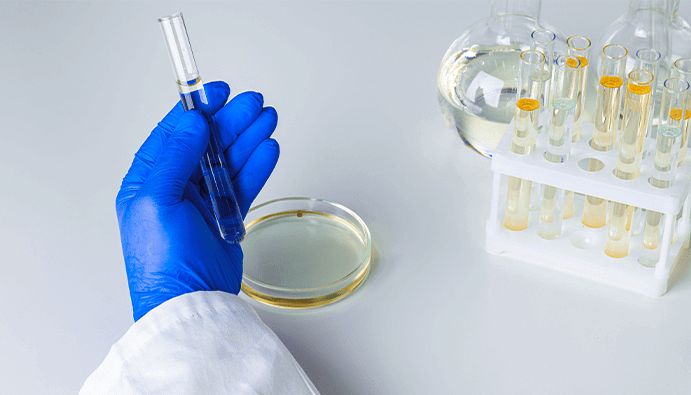Detection of Staphylococcal Enterotoxin ELISA Method
Detection of Staphylococcal Enterotoxin ELISA Method

Enzyme-linked immunosorbent assay, known as the ELISA method, is a widely used test method to detect and quantify proteins and antigens from various samples. This test method was developed for the detection of staphylococcal enterotoxins in foodstuffs. All known staphylococcal enterotoxins are detected by this method.
Foodborne diseases have become one of the biggest threats to health. Staphylococcus aureus is a very important foodborne pathogen worldwide and is frequently encountered as a food contaminant. Staphylococcal enterotoxins produced by some strains of staphylococcus aureus cause outbreaks of food poisoning. The most common symptoms are nausea, vomiting, diarrhea and cramps. Detecting and identifying staphylococcal enterotoxins quickly and accurately presents a great challenge for all healthcare and non-governmental organizations, but is an urgent need.
Currently, foodborne diseases caused by bacterial contamination are the biggest problem affecting human health and food safety. Staphylococcus aureus can grow at temperatures between 7 and 49 degrees Celsius and pH values between 4.2 and 9.3. This microorganism adapts to growth in various foods and causes food poisoning by secreting enterotoxin.
For the reasons mentioned above, it is one of the test parameters that should be carried out regularly in the food sector, especially in terms of public health.
